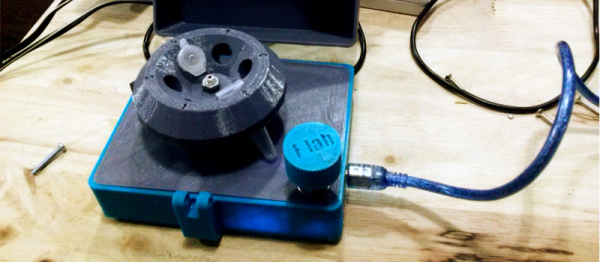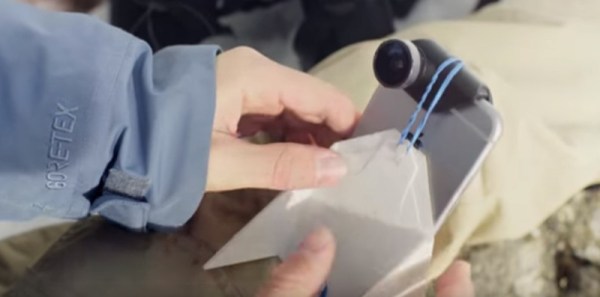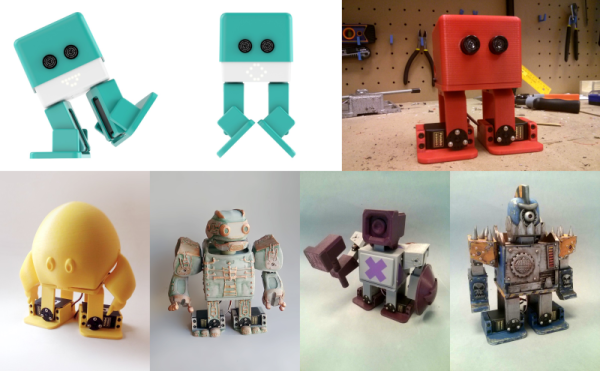While building a robot (nearly) from scratch isn’t easy, it needn’t be a lengthy process. Is it possible to build a bot in a single day? With some musical motivation (a 10 hour loop of the A-Team theme song), [] answers with a resounding ‘yes’ in the shape of his little yellow robot that he built for a local robotics competition.
Designing and fabricating on the fly, [Bletsch] used Sketchup to design the chassis, and OpenSCAD to model the wheels while the former was being 3D printed. Anticipating some structural weakness, he designed another version that could bolt to wood if the original failed, but the addition of some metal support rods provided enough stability. Mouse pad material gave the wheels ample traction. An Arduino with the L298 control module receives input via an HC-06 Bluetooth board. Eight AA batteries provide 12V of power to two Nextrox mini 12V motors with an integrated voltmeter to measure battery life.

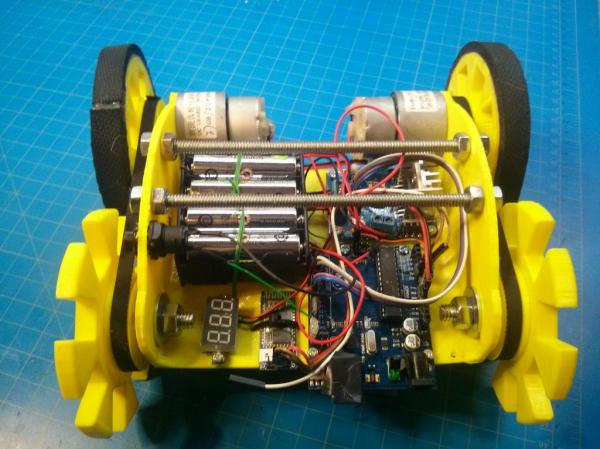

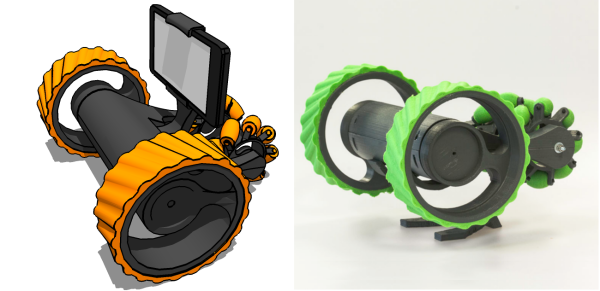
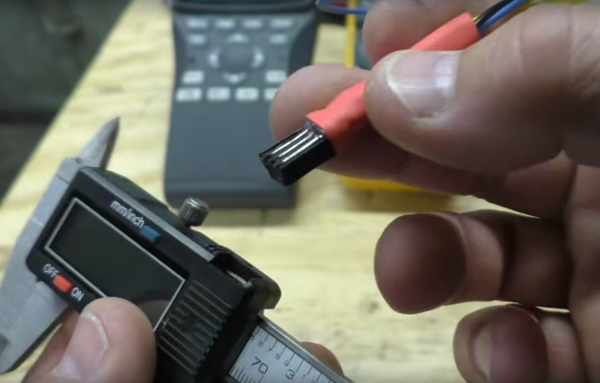
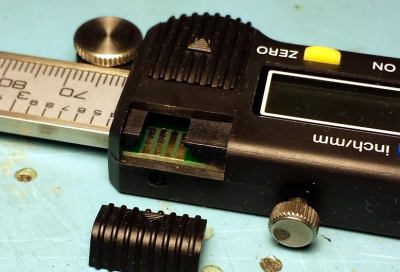 a simple interface circuit for translating the logic levels, and an interrupt-driven
a simple interface circuit for translating the logic levels, and an interrupt-driven 